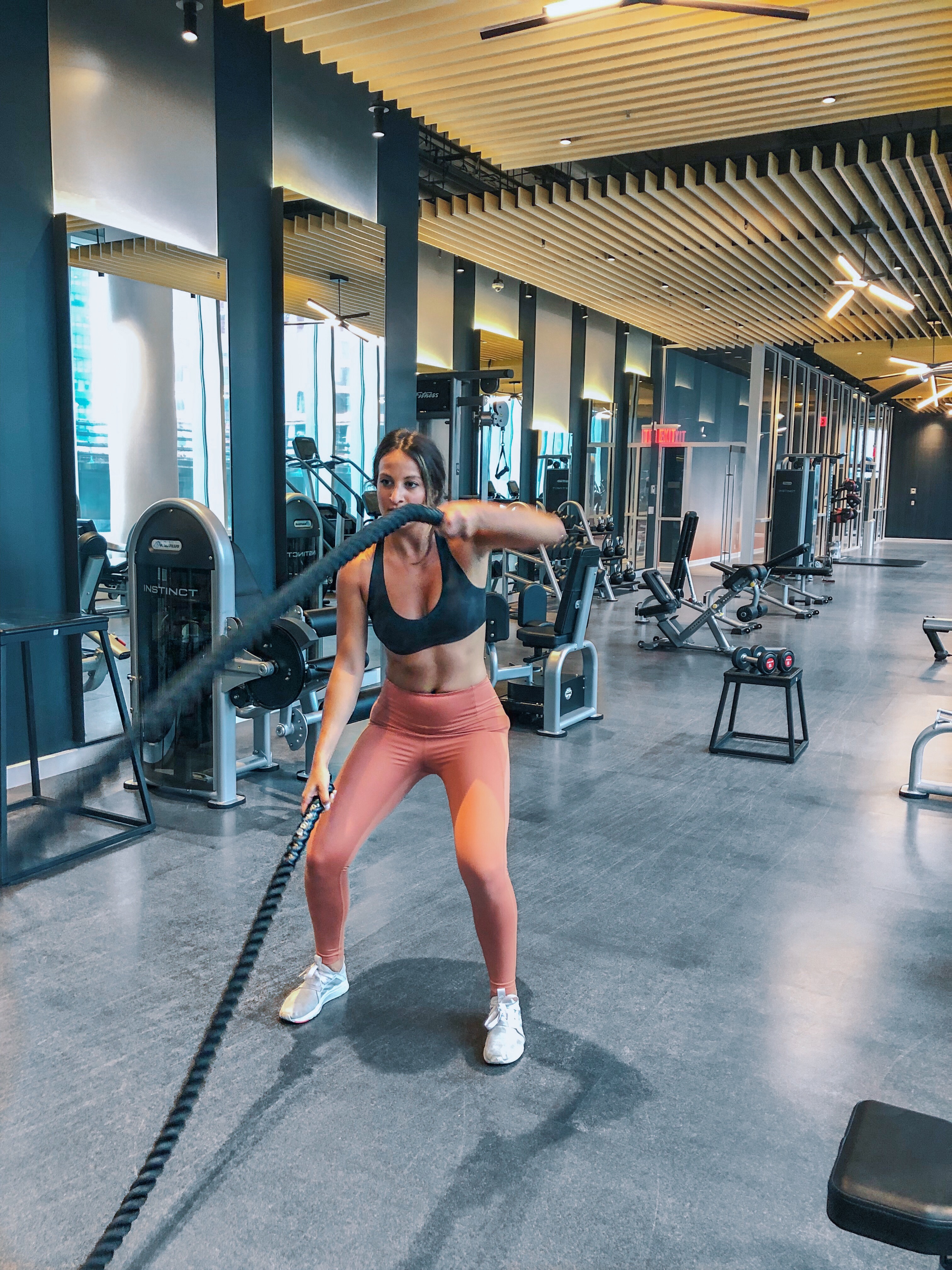Everyone always asks how I manage my blood sugars during exercise. I get these questions from you guys on instagram all the time so I knew it had to be one of the first blog posts up for the website launch!
The truth is, I rarely go low or high during my workouts. I know how annoying that must sound because it’s something a lot of people with type 1 diabetes struggle with, but I pretty much stay between 90-160 the whole 30-50 min workout. But this wasn’t always the case.
I used to be super reactive with my blood sugars- basically if I went low or high during my workout i’d take the hits as they came. I would stop the workout to drink juice if I felt shaky, or push through the lethargic and heaviness if I started to spike. This way I never felt in control, so i’m so happy this isn’t the norm anymore.
I don’t think this is a simple answer, but below are 3 tips to help guide you to discover the correct answer for you!
First thing to do is start to discover your patterns. I highly recommend getting yourself a copy of The Diabetic Health Journal and becoming more mindful of what happens when you take a hot yoga class versus a regular class. Or going for a run at 7am verse running at 5pm after work. When you start to recognize your patterns, you can start altering other activities around the time of the workout to help prevent the low/ high ( ex. Food, insulin bolus, correction)
Next thing is to try playing with your insulin. If you notice in some workouts you go high, play with an increase, and for the ones you trend down, play with a decrease. If you’re a on a pump you can use the temp basal feature, but if you’re on shots, you can play around with long acting insulin dosing for that day if you know you’ll be working out or the last injection before your workout if you ate. For example, if I’m going on a long run ( which will lower me about 60 points), I might have an uncovered snack before I go if i’m 80-150 or if i’m high, i’ll reduce the correction before I go.
Lastly is to use your CGM to help guide you if you have one. This morning for example I was on the stairmaster starting at 140 and at 8:38am it showed 133 with diagonal arrow down. I was only 15 minutes into my workout so I put a 60% temp on for 30 minutes. I ended my workout 40 minutes later at 106. If I didn’t put that temp on I would have likely dropped into the high 60’s.
A big part of this is just paying closer attention to your patterns and trusting your intuition! I hope these are a good starting point for you. Tag me on IG and let me know how your next workout goes!

I have reread your narrative a few times and would like to have a specific description of what is a sugar squat. I appreciate your feedback and be SPECIFIC ON WHAT IT IS THAT I DO!
THANKS
Deborah
dstoeckle1@gmail.com
Hi Deborah! Oh yes sugar squats here you come! Basically it’s just a body weight squat (without weights) and we suggest you do 50 of them at anytime you want to get your blood sugar down! Combine it with your correction or food insulin and you’re all set!
[…] out this post for more ways to manage your blood sugars during […]
I try not to eat at all. I keep a food log, and usually it is under 900 cal/day. So far, I am still overweight; however, I am too exhausted to exercise and my legs don’t work very well. I do not eat meat. Someone suggested that I may not be getting enough protein. The average per day is between 28 and 38. I also have heart disease, so must limit fat and sodium. How does this affect my diabetes2 disease? thank you